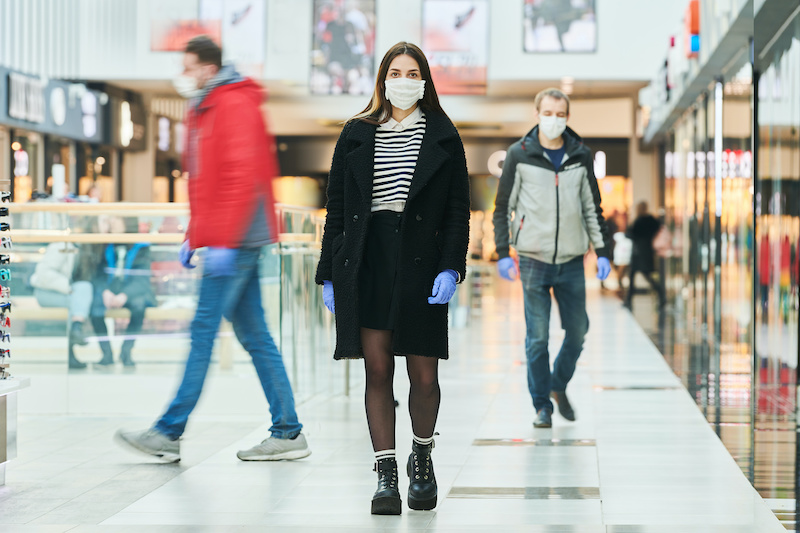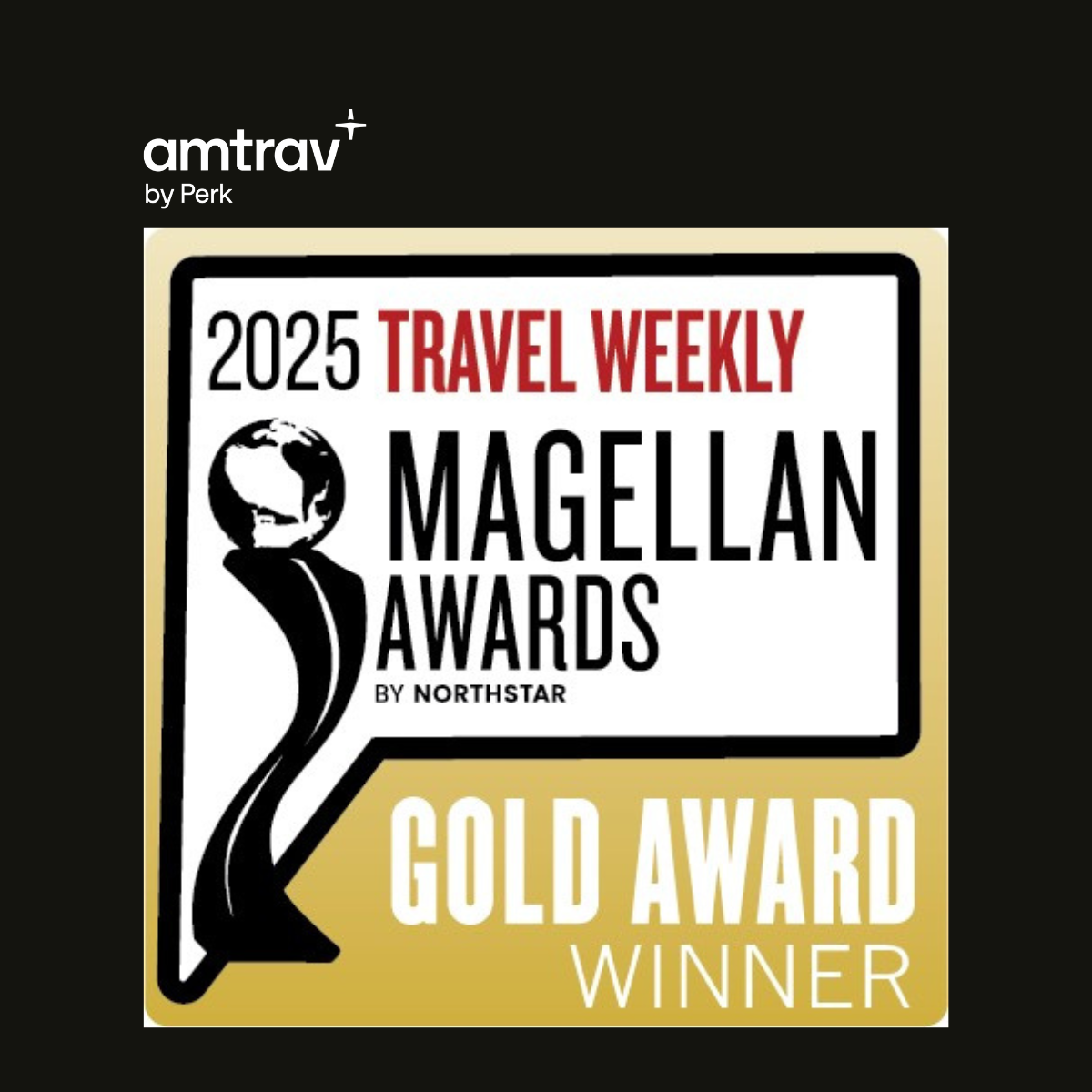As we settle into the “new normal,” we’re all taking small, cautious steps to get back to our lives. And that includes businesses. For you, that may include business travel. This post will provide you with some suggestions on booking, steps to take at the airport, and in the air.
When You’re Booking
If you’re concerned about social distancing on an airplane, one way you can be proactive is by selecting a window seat when booking. When you have an aisle seat, you’re simply going to come in contact with more people over the course of the flight - flight attendants, people finding their way to the restroom, etc.
In addition, all domestic and most international airlines have already implemented social distancing measures into their itineraries. Typical policies include flights with more limited capacities and leaving empty most middle seats.
At the Airport
When you get to the airport right now, you may be met with a variety of new policies depending on your airline and the state and local authorities’ response. By and large, the airlines are managing to implement social distancing through floor stickers that remind people to keep a 6-foot distance. Some airlines are taking a self-service approach to check-in and bag drop, and minimizing the physical touchpoints altogether.
- Minimize your own need to have too much contact. Use your smartphone for check-in; try to not open bags once you’re in the airport; keep your hand sanitizer nearby.
- Monitor your own health and don’t risk exposing others if you know you’re unwell. Frontier Airlines is the first carrier stateside to have a mandatory temperature screen for all travelers. Travelers who spike a fever of 100.4°F will not be permitted on the plane. Your airline or TSA is likely to check your temperature.
- We’ve seen a shift in boarding procedures across many airlines, which frankly, we think takes a more intuitive approach. Instead of the usual group boarding processes that encourage crowding at the gate, most airlines are now boarding in smaller groups from the back of the plane to the front. First Class passengers will typically see no change to typical boarding. You can help the whole process by social distancing in the boarding area and staying seated until your small group is called.
- You’ll want to make your peace with face coverings, since we’re all going to be wearing them throughout the travel journey, at least for the near future. Some airlines have stepped up to provide face masks for passengers who may have forgotten them, but you definitely should not expect this freebie, as face mask demand is still outpacing supply at the moment.
On the Plane
The good news is quite good. Though airplanes are confined spaces, as we mentioned, the airlines are already taking steps to deep clean aircrafts between flights, implement social distancing and minimize risk (more on that in a bit). And despite what you might have heard about airplane air quality, the air filtration system on a commercial aircraft is excellent.
- Many airlines have implemented EPA-approved “fogging” cleanings overnight and sometimes between flights, but it’s always a good idea to wipe down the arm rests and tray table at your seat as soon as you get on the plane
- Plan to wear your mask on the plane. It’s now airline policy that you need to wear it for the duration of your flight, except while eating or drinking.
- Get comfortable with a bit of discomfort and yes, stress related to masks. What we mean by this is that while most airlines do ask for people to wear masks throughout a flight, the pilot isn’t likely to ground the plane if someone decides to not wear his or hers. In addition, kids under 2 years of age, and people with medical conditions that would make wearing a mask unsafe for them are not required to wear one. And slightly older kids (let’s say 3-10?) might not be that jazzed about wearing them. People might sneeze or cough. If you’re prepared for these potential scenarios, you might be less stressed if/when they happen.
- Some of your “favorite” parts of flying might not be available right now. Some premium class services have been suspended indefinitely. But keep in mind, any modifications to in-flight service are likely temporary, and in place to help keep you and the flight crew safe. We recommend bringing your own snacks and comfort items so you can remain as relaxed as possible.
- If you have a fair bit of flight anxiety anyway, we highly recommend downloading a meditation app to your personal device. American Airlines provides the app “Calm” for free. This can help you manage your stress and focus yourself on the things you can control.
In the Future
Understandably, the airline industry has been working to play catch-up and make more innovative changes that seem novel now, but will likely play a huge part in future air travel. A few innovations that are already being trialed in limited markets internationally and that we might see over the coming months and years:
- Self-service, voice-activated, no-touch kiosks for check-in, bag drop and health screening
- Intelligent Sterilization robots that roll through airports, disinfecting high traffic areas
- Completely touch-free travel - security screening, boarding, in-flight entertainment
- Flight crews wearing PPE (Personal Protective Equipment) suits instead of uniforms and masks
- Self-protection packets or pouches that might include hand sanitizer, a mask, gloves, alcohol wipes, and literature on how to stay safe in the air in lieu of or in addition to amenity kits
Am I truly safe if I fly?
Finally, this may be the biggest question of all. Over the next few months, you’ll want to put yourself through a more stringent personal risk assessment than you otherwise might. There are three main questions:
- Do I have an underlying health condition that puts me at risk for severe illness?
- Is the business trip pressing?
- How do I deal with the overall stress of traveling and the new inconveniences involved?
In some cases, the question is a no-brainer. If you’re immunocompromised, you shouldn't fly. On the other hand, if you’re healthy and need to go out and get a deal done or meet with a client, you might decide to take the trip. One thing we know for sure: the air travel industry has already reacted with unprecedented focus and attention to respond to the public health issue. Air travel will only become more safe in the next few months. We’ll keep you updated as we learn about new protocols aimed to keep you safe, and ways you can advocate for your own health in a proactive way.

Cassie Sclafani




